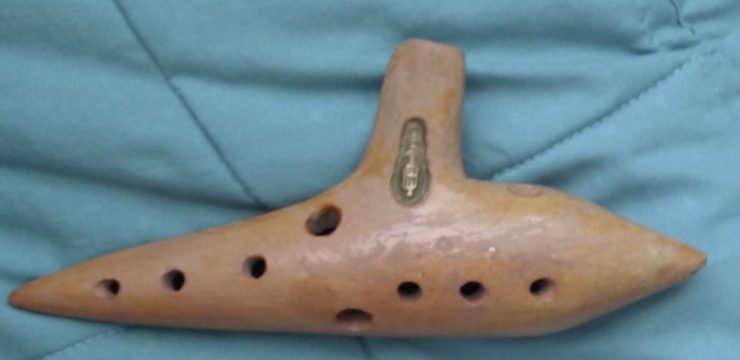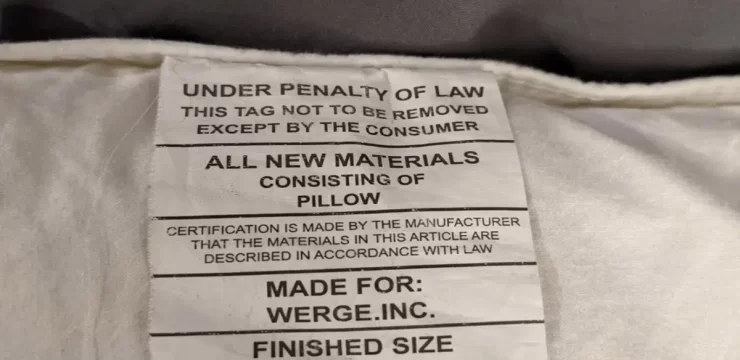If you’re getting your garden ready for tomato season and looking for a natural way to boost your plants, there’s an old gardening trick that’s been making a big comeback—and it might just surprise you. Believe it or not, burying a fish head beneath your tomato plant could be the secret ingredient for your juiciest, most vibrant crop yet. This age-old method might sound strange at first, but it’s actually supported by both science and tradition.

Fish heads are loaded with essential nutrients like nitrogen, phosphorus, and potassium—all critical for tomato plant development. According to research from Indonesia’s Environmental Science Master’s Program, fish heads contain 8.3% nitrogen to encourage lush, leafy growth, 4.8% phosphorus to support strong roots and flower production, and 1.6% potassium for healthier and better-tasting fruit. But it’s not just about the nutrients. As the fish decomposes underground, it draws in helpful soil organisms like microbes, earthworms, and fungi that work together to break it down and release nutrients exactly where your tomato plant needs them most—right at the roots. This ancient practice of using fish as fertilizer dates back centuries.
Native American farmers, for example, used to bury small fish under corn seeds as part of the “Three Sisters” method, planting corn, beans, and squash together. While many modern gardeners have ditched the fish part of the tradition, that was actually the component that packed the biggest nutritional punch. Bringing fish scraps back into the mix is a way to honor that traditional wisdom while improving soil health and supporting your garden naturally.
One of the biggest perks of using fish as fertilizer is that it acts as a slow-release nutrient source, unlike synthetic fertilizers that can dump too much too fast and risk burning plants. Fish fertilizer helps create a long-term, thriving soil ecosystem. It’s gentle on young plants, includes helpful trace minerals like calcium and magnesium, and is even safe to use in dry soil conditions. Plus, it gives you a great way to reuse leftovers that would otherwise be tossed.
You don’t need a boatload of fish to get started—just collect fish heads and tails throughout the year and store them in a freezer bag, or ask your local fishmonger if they’ve got any to spare. When it’s time to plant your tomatoes, dig a hole that’s 18 to 24 inches deep, drop the frozen fish head in the bottom, then cover it with soil up to the point where you’ll place your tomato plant. Bury about one-third of the tomato stem under the soil so it can grow additional roots along the stem, giving the plant a stronger foundation. After planting, water thoroughly and cover the area with mulch to help retain moisture and suppress weeds. A quick tip—don’t add banana peels or eggshells into the same hole; they take too long to break down and are better suited for the compost pile. No access to raw fish? No problem. You can still give your tomatoes a nutrient boost. Canned sardines in water (avoid those in oil or with seasoning) can work in a pinch. Or go with a store-bought option like fish emulsion, fish hydrolysate, or fish meal. These products are processed to remove harmful bacteria and odor but still pack all the essential nutrients. Fish emulsion is a liquid made from fish offal, fish hydrolysate is a fermented version, and fish meal is a dry, ground-up mix of fish parts. If you’re the DIY type and don’t mind the smell, you can make your own fish emulsion. All you need are fish scraps, sawdust, unsulfured molasses, water, and a five-gallon bucket with a lid. Fill the bucket halfway with equal parts fish scraps and sawdust, add one cup of molasses, then fill the bucket with water to cover everything. Stir it every day for two weeks. After that, strain out the solids, and you’ll have a nutrient-rich liquid fertilizer. Dilute one tablespoon in a gallon of water and use it twice a week on your garden. While this technique is powerful, it’s not without its risks. Raw fish can carry bacteria like salmonella or parasites. If not buried deep enough, the smell may attract raccoons, rats, or even your neighbor’s dog. Some fish may contain heavy metals like mercury, so don’t use questionable or spoiled fish. Always bury the fish at least 18 inches deep and opt for processed fish fertilizer if you want to be extra cautious. At the end of the day, burying fish heads in your garden may not be the most glamorous method, but it’s an effective, eco-friendly way to nourish your soil and grow stronger, healthier tomato plants. Whether you go all-natural or choose a cleaner commercial version, your tomatoes will absolutely love the boost. So next time you’re getting ready to plant, don’t just think compost—think fish.





